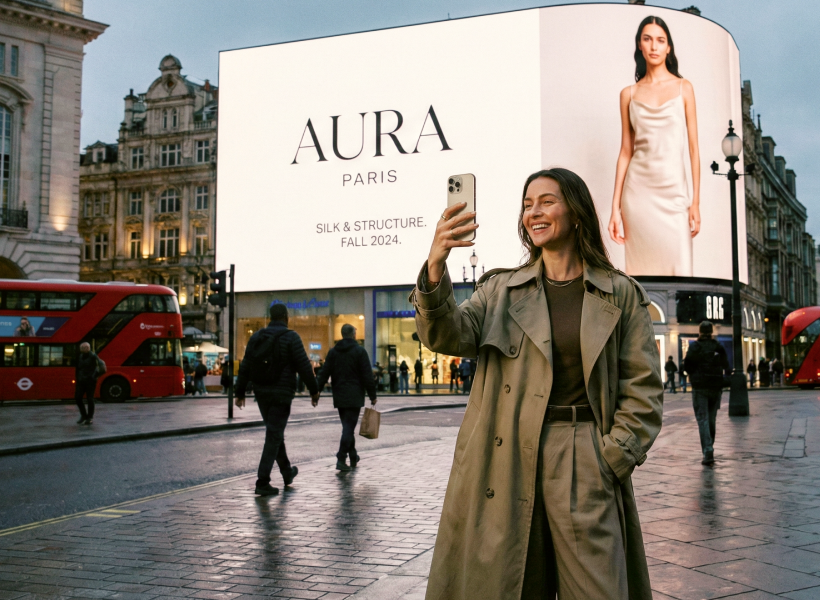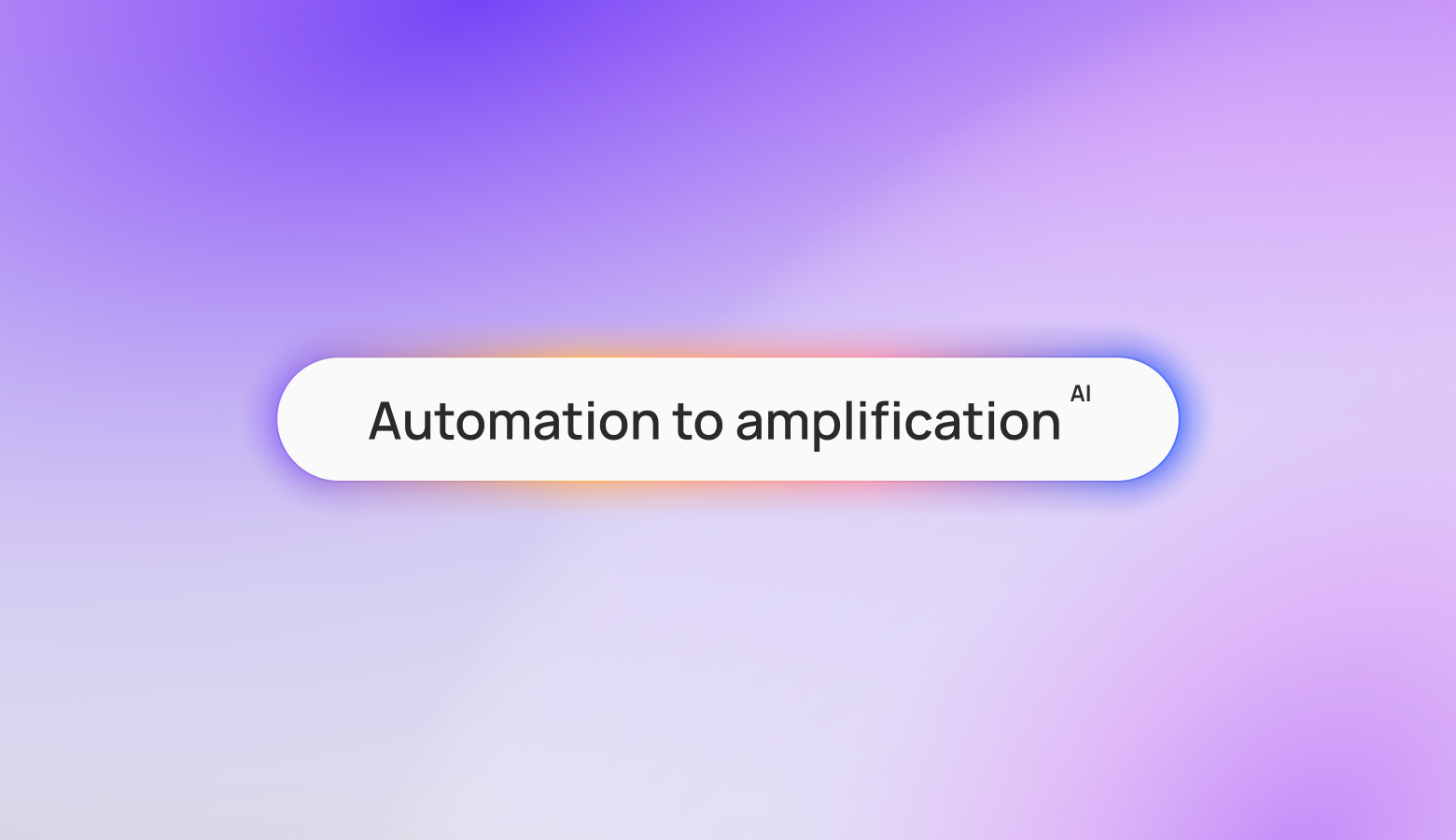OOH Trends: Consumer Behaviors and How they Respond to OOH

Are you considering an Out-of-Home (OOH) campaign, but want to understand its effectiveness, recent consumer behaviors, and how it fits into a larger advertising campaign strategy?
OOH industry efforts continue to be focused on improving measurement for OOH campaigns as advertisers seek more validity and insights for their Outdoor campaigns. Advertisers who want effective OOH campaigns should stay abreast of how they can uniquely leverage formats and implement new technologies and integrations to innovate in the space.
Recent studies from Statista show that globally OOH is expected to grow steadily over the next five years. It’s a great time for advertisers to take advantage of Outdoor advertising to raise brand awareness, drive prospects through the marketing funnel, and amplify their other marketing efforts.
In this article, you’ll learn key insights on how consumers respond to OOH, what the key categories of interest, and how their behavior and movement patterns are expected to change in the upcoming months. These insights can help inform your next OOH campaign.
The State of OOH Effectiveness
More than just having the potential to be exposed to an OOH unit by coming within its viewing point or viewshed, 85% of adults are looking up from their screens to view OOH ads all, most, or some of the time. According to OAAA, 78% of consumers had engaged with an OOH ad in the past 60 days. Of those people, 44% used search to learn more about the advertiser.

According to OAAA, OOH continues to be a reach and awareness amplifier in multichannel campaign mixes. OOH also drives a significant amount of social and mobile traffic. 75% of social media users who saw OOH ads online engaged with the post, including visiting the brand’s website or searching for more information. 82% of Millennials said they would reshare a compelling OOH ad on social media.
Consumers are 48% more likely to click on a mobile ad after being exposed to an OOH ad and 76% of US adults took an action on their mobile device after seeing an OOH ad. Of those, 43% made an online purchase.
These stats show that not only does OOH work to increase brand recognition, but it generates interest and brand consideration. However, what are the desires of consumers? What is most important to them, and how are they spending their money?
Consumer Spending Behavior
Despite a turbulent economy, US adults still express the desire to spend money. Specifically, 79% of survey respondents said they are more purposeful in spending money on things that bring them happiness than in the past.
Gaining insights into how consumer are spending their money can provide valuable information on the types of things they are likely to purchase, and whether or not you as an advertiser should consider targeting them. While Americans still feel inflation's effects on their daily lives, 61 percent now believe that spending money and living in the moment are more important than 5 years ago. The pandemic changed mindsets, and people now value living for each day more than they did in the past. This is also seen in the leisure activities they are engaging in, including sporting events, shopping malls, going to the movies, and dining out.

The strong product categories for OOH in Q1’23 also speak to consumer sentiment regarding spending money on experiences and entertainment. Among these categories are video streaming services, alcohol, and luxury apparel brands.

Some categories that had been projected for growth in 2022 are also centered around entertainment and experiences including cannabis, sports betting, and food delivery.
Not only do these stats indicate product categories that might see the most benefit from OOH in 2023, including entertainment, food and drink, but they are also good locations for OOH ads. OOH advertising is often available in sports stadiums, shopping malls, movie theaters, and other entertainment venues, making these great locations to place your creative and messaging.
Consumer Travel Behavior
Since the pandemic, many office workers have adopted hybrid work schedules, with 84% of survey respondents commuting part-time. Despite lower office commuting rates compared to pre-pandemic, daily trips have actually increased beyond 2019 benchmarks, with 85% of consumers leaving their homes daily, as revealed in Outfront's 2023 Trends Report.
Additionally, usage of public transportation has steadily been increasing by ⅓ year over year for the first three quarters of 2022, showing increased faith from consumers in transit.

Travel is also increasing as consumers seek new experiences and have fun with their loved ones. In 2023, travel spending is forecast to surpass 2022, with nearly half of Americans planning vacations. Many of those traveling are going by car, however, airplane travel has increased by 21 percent over last year.
How the OOH Landscape Affects Your Target Market
More brands are turning to OOH to reach their consumers in the physical world. Ad revenue was up 11% in the third quarter of 2022 compared to 2021. This means there will be competition to secure the best placements for your brand. Talking to an experienced OOH Specialist can help you better understand specific market conditions, where your target audience is and how to reach them, and locate and plan the most effective placements. Want to learn more? Download our OOH 2023 Landscape or reach out to talk to one of our Specialists today!
Sources:
Out of Home Advertising Study 2023
2023 Advertising Trends Report
Out of Home Advertising Statistics and Facts
Helpful resources
Explore our article library



